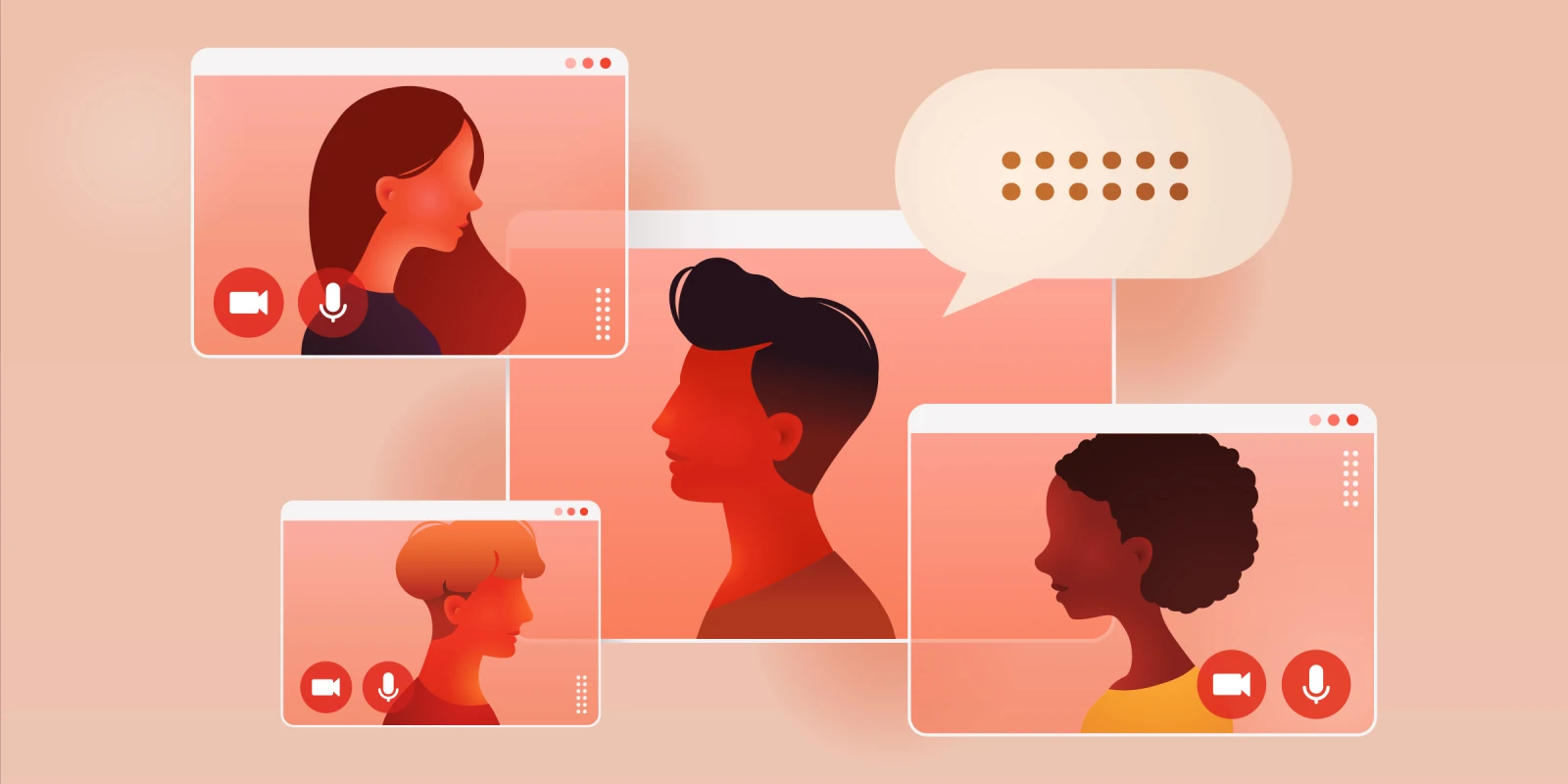Sitting at my computer, I look upon an array of faces, motionless avatars, and dark squares identified only by names and initials. I listen attentively to talking heads on my screen, as the sound from my speakers matches the pixelated movement of their mouths. Each head has its own background. Some boast a virtual beach, while others showcase bedrooms and well-kept house plants. Still other squares remain dark and blank.
What a surreal scene. The setting is my medical school’s annual surgery festival, a student-curated event jam-packed with keynote speakers, surgeon panelists, and senior medical students offering invaluable career advice. Most memorable were several program directors’ comments on virtual interviews, and their anticipation that future interviews, even in a post-COVID-19 world, may continue the virtual format in order to maintain “equity and convenience in the application process.”
Surprised, I contemplated the meaning and implications of this potential shift in admissions strategy. Though I use this singular example to illuminate the progressive cultural change in attitude toward technology, surrendering to the undeniable convenience of virtual meetings is only the start of a new era — one that challenges the importance of human connection.
As the status of the pandemic appears to be improving, people are adopting many new normals. These include embracing our dynamic relationship with technology and accepting the role of virtual interviews in the residency application process. Virtual interviews will likely continue in some form despite the restoration of confidence in our public health and safety. They offer applicants and program directors a convenience factor that cannot be matched by in-person interviews. In a 2021 survey conducted by the NRMP, 60% of program directors indicated future intentions to hold virtual interviews. Of these, nearly 70% do not anticipate any in-person component whatsoever. This change is not unfounded. It is estimated that students spend between $500 to $1,000 per interview. With the average number of interviews per applicant hovering above 13, the virtual format offers incredible cost savings, perhaps leveling economic disparities among medical students.
There are other benefits, too, like flexibility of scheduling, the possibility of interviewing at more programs than before, and the “home-field advantage” that comes with interviewing from the comfort of your chosen environment. Medicine is not alone in this shift. Private sector business is now seeking innovative ways to leverage technology in order to better assess job candidates, using artificial intelligence and machine-learning tools that analyze candidates’ biometric data and real-time reactions to simulated job tasks.
Use of the virtual platform marks a paradigm shift that lacks the intangible value gleaned from meeting faculty face-to-face, asking residents about their experiences (away from the spotlight of a video camera), and getting an overall feel for the microculture of a program. Despite the obvious benefits of convenience, interviewees from the previous Match have cited an inability to assess “fit” and have expressed concern that programs are not as invested in virtual interviews. This creates a discrepancy in the fundamental value system, around which future residents and other trainees shape their identity and structural understanding of the health care system, learning to sideline interpersonal connection in exchange for the high-speed priorities of modern life.
Interpersonal connection might be the most important factor in ranking match lists, not just for applicants but for program directors as well. Even if the essential content of interviews has not changed, the virtual medium is not optimal for eye contact and prohibits the natural flow of conversation. We would be foolish to think the interpersonal lessons learned from this paradigm won’t spill over into the workplace, or affect the emotional skills of future clinicians. We would be fostering an empty, cold atmosphere that deprioritizes the importance of human connection.
As school-aged children are now spending upwards of nine hours per day in front of a screen, doctor’s appointments are moving to telemedicine platforms, job interviewers are dismissing the value of in-person handshakes, and depression is seeping into the dark crevasses of humanity, I am gravely worried about my peers, my children, and the future of our society. At the risk of approaching the Luddite label, I fear we are moving toward a risk-benefit ratio that prioritizes virtual ease over the beauty that stems from human expression, touch, and copresence. When will it stop? Where is the line?
We are facing a connection crisis. When the pandemic finally comes to pass, I only hope we are able to rebuild the social ties that make life meaningful. I hope you will be brave enough to say no to yet another virtual meeting, to gather instead in the warmth of others, and embrace our shared human spirit. I hope that one day our center stage existential questions about the evolving virtual world will fade into background noise. One day, we won’t have to question our reality anymore.
How do you balance in-person encounters with medicine's growing reliance on digital technology? Share your approach in the comment section.
Austin R. Swisher is a second-year medical student at the University of California, Riverside School of Medicine.







